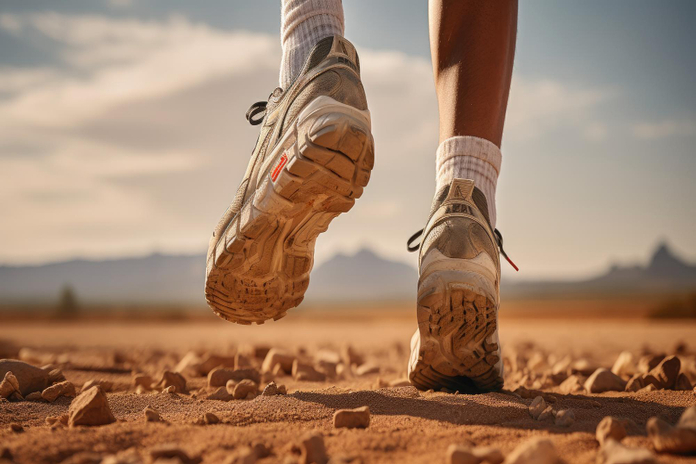The iconic New Balance 990 running sneaker, with its four-decade history, faced internal debate when the company decided to enhance it with a new foam midsole. Despite concerns that the change might alienate loyal customers, the new cushioning technology has driven record sales and become widespread in the running sneaker market.
Companies such as On, Hoka, and established brands like New Balance and Under Armour (NYSE:UA) are now in fierce competition to develop the next super foam. Post-pandemic shoppers are prioritizing comfort, leading to a surge in demand for cushioned running shoes, even for everyday wear.
This shift has led to significant innovations in foam technology. Companies are collaborating with chemical manufacturers to create advanced compounds. For example, Zurich-based On teamed up with Arkema, a French chemical conglomerate, to develop the PEBAX compound used in On’s Helion foam. Nike (NYSE:NKE) has utilized materials from British Zotefoams for its Vaporfly series, and Dow Chemical supplies the foam for Under Armour’s Flow technology, popularized by NBA star Stephen Curry.
The introduction of “super shoes” with thick layers of light foam and rigid plates, often made of carbon fiber, has revolutionized performance footwear since Nike’s attempt to break the two-hour marathon barrier in 2017. These shoes are now a standard for road races, with many brands offering their versions.
Kevin Fitzpatrick of New Balance notes that while these shoes are designed for athletic performance, many buyers seek versatility for everyday use. The current trend toward thicker midsoles is a response to this demand for comfort and performance.
Trail running has also influenced shoe designs, leading to the rise of the “gorpcore” fashion trend, blending functionality with style. Under Armour’s innovation lab tests various materials to ensure durability and comfort, aiming to create shoes like the Infinite Elite that cater to long-distance runners.
Chemical companies are continually refining foam compounds. Nike’s recent products for the Paris Olympics combine air bubble technology with PEBA-based foam. Similarly, brands like Under Armour and New Balance are incorporating nitrogen-infused foams to enhance cushioning.
The competition in foam technology is fierce, with brands collaborating closely with chemical companies to tweak and customize foams, ensuring proprietary cushioning. Despite advancements, there is still a need for improvements in durability and sustainability. Under Armour’s Kyle Blakely emphasizes the ongoing search for new polymers, manufacturing methods, and shape modifications to push the boundaries of footwear innovation.
As brands continue to innovate, the focus remains on creating unique, high-performance shoes that cater to both athletes and everyday users, striving to balance comfort, durability, and style.
Featured Image: Freepik









